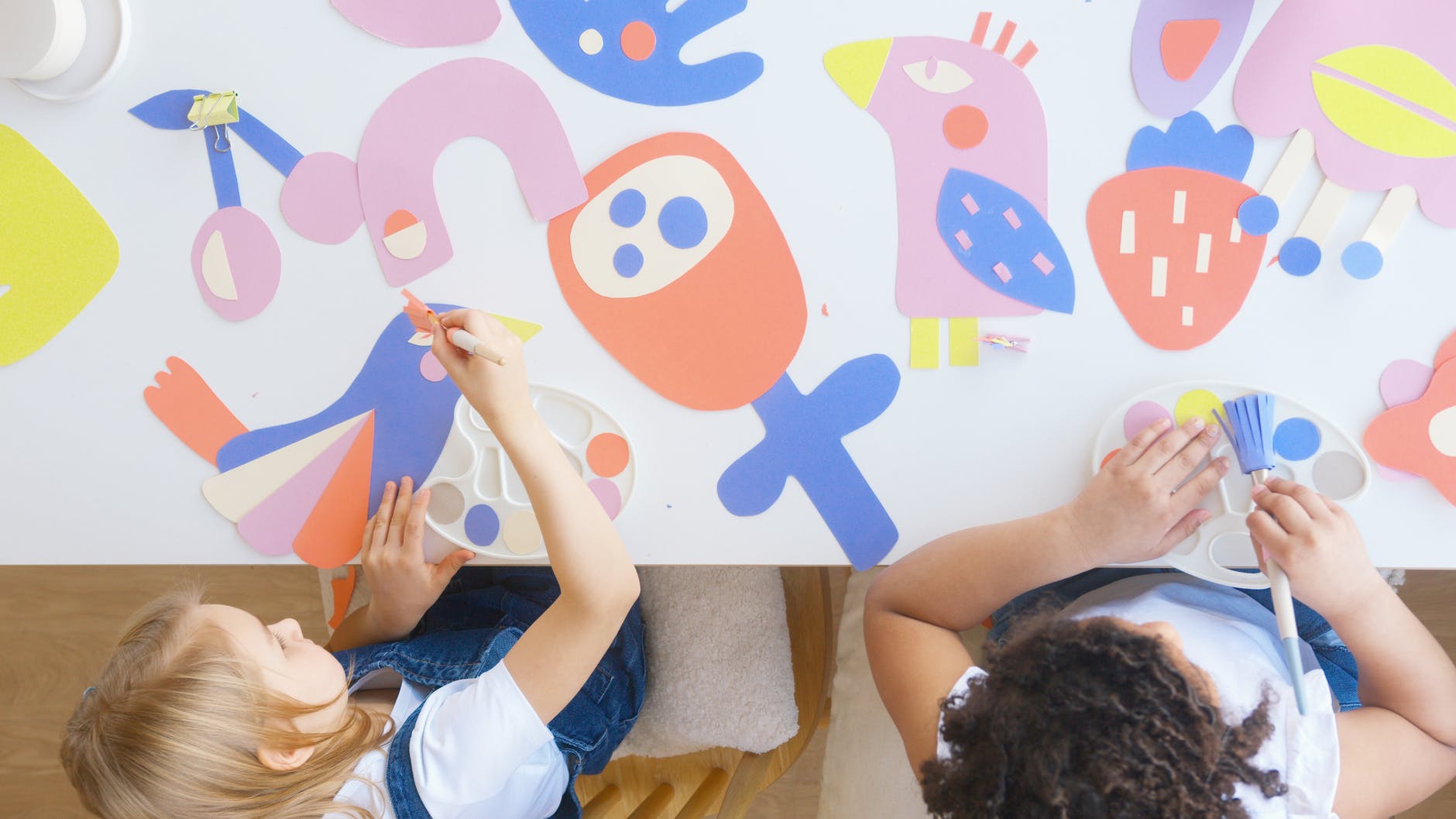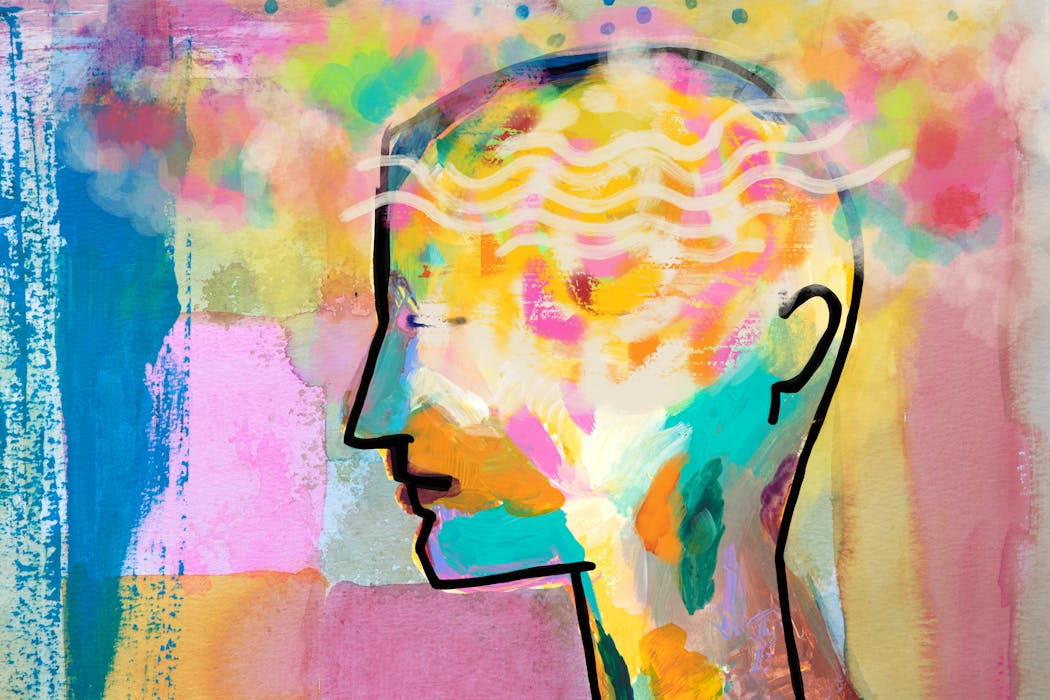Art therapy is a form of therapy that utilizes the creative process of making art to improve a person’s physical, mental, and emotional well-being. It is a holistic approach that combines psychology and art to help individuals express themselves, explore their emotions, and find healing. Art therapy can be used with people of all ages and backgrounds, and it does not require any artistic skill or talent.
The history of art therapy can be traced back to the early 20th century when psychiatrists began to recognize the therapeutic benefits of art-making. It was during this time that art was first used as a tool for self-expression and healing in psychiatric hospitals. The field of art therapy continued to develop throughout the 20th century, with pioneers such as Margaret Naumburg and Edith Kramer making significant contributions.
Art therapy works by providing a safe and non-judgmental space for individuals to express themselves through art. The act of creating art can help individuals tap into their subconscious mind, allowing them to explore their thoughts, feelings, and experiences in a unique way. Through the process of creating art, individuals can gain insight into their emotions, develop coping skills, and find a sense of empowerment and self-discovery.
Activity 1: Painting Your Emotions
Painting your emotions is a powerful art therapy activity that allows you to visually express your feelings through color, shape, and form. This activity can be done with basic painting supplies such as acrylic or watercolor paints, brushes, and paper or canvas.
To begin, set up your painting area with all the necessary materials. Take a few moments to center yourself and connect with your emotions. Close your eyes and take a few deep breaths, allowing yourself to become present in the moment.
Once you feel ready, choose a color that represents the emotion you want to express. Dip your brush into the paint and let your intuition guide you as you start to make marks on the paper or canvas. Allow yourself to freely express your emotions through the brushstrokes, using different colors, shapes, and textures.
As you paint, pay attention to any thoughts or feelings that arise. Notice how the act of painting your emotions affects your mood and overall well-being. This activity can be a cathartic experience, allowing you to release pent-up emotions and gain a deeper understanding of yourself.
Activity 2: Collage Your Dreams
Collaging your dreams is a creative activity that allows you to visualize and manifest your goals and aspirations. This activity can be done with magazines, scissors, glue, and a piece of poster board or cardboard.
Start by gathering a variety of magazines that resonate with you. Look for images, words, and phrases that represent your dreams and goals. Cut out these images and arrange them on the poster board or cardboard in a way that feels visually pleasing to you.
As you create your collage, reflect on the dreams and aspirations that each image represents. Allow yourself to imagine what it would feel like to achieve these goals. Visualize yourself living your dream life and let that feeling fill you up as you continue to arrange the images on the board.
Once you are satisfied with your collage, glue the images down onto the poster board or cardboard. Take a step back and admire your creation. This collage serves as a visual reminder of your dreams and can be used as a source of inspiration and motivation.
Activity 3: Drawing Your Inner Critic
Drawing your inner critic is an art therapy activity that allows you to externalize and confront the negative self-talk that often holds us back. This activity can be done with paper, pencils or markers, and any other art supplies you feel drawn to.
Begin by taking a few moments to reflect on the negative thoughts or beliefs that your inner critic often tells you. Close your eyes and listen to the voice of your inner critic. Notice the tone, the words, and the emotions that come up.
Once you have a clear sense of your inner critic’s voice, open your eyes and start drawing. Let your hand move freely on the paper, allowing the image of your inner critic to take shape. Don’t worry about making it look perfect or realistic; this is about expressing the essence of your inner critic.
As you draw, notice any emotions that arise. Allow yourself to feel any anger, frustration, or sadness that may come up. This activity can be a powerful way to externalize and confront your inner critic, allowing you to gain a sense of control over these negative thoughts and beliefs.
Activity 4: Creating a Vision Board
Creating a vision board is a popular art therapy activity that allows you to visualize and manifest your goals and desires. This activity can be done with magazines, scissors, glue, and a poster board or corkboard.
Start by gathering a variety of magazines that resonate with you. Look for images, words, and phrases that represent your goals and desires. Cut out these images and arrange them on the poster board or corkboard in a way that feels visually pleasing to you.
As you create your vision board, reflect on the feelings and emotions that each image represents. Allow yourself to imagine what it would feel like to achieve these goals. Visualize yourself living your dream life and let that feeling fill you up as you continue to arrange the images on the board.
Once you are satisfied with your vision board, glue the images down onto the poster board or corkboard. Hang it in a place where you will see it every day, such as your bedroom or office. This vision board serves as a visual reminder of your goals and can be used as a source of inspiration and motivation.
Activity 5: Sculpting Your Anxiety
Sculpting your anxiety is a tactile art therapy activity that allows you to externalize and transform your anxious thoughts and feelings. This activity can be done with clay, playdough, or any other sculpting material you prefer.
Start by taking a few moments to connect with your anxiety. Close your eyes and notice any physical sensations that arise in your body. Pay attention to any thoughts or worries that come up. Take a deep breath and let yourself fully experience the feeling of anxiety.
Once you have a clear sense of your anxiety, open your eyes and start sculpting. Let your hands mold the clay or playdough into a shape that represents your anxiety. Don’t worry about making it look perfect or realistic; this is about expressing the essence of your anxiety.
As you sculpt, notice any emotions that arise. Allow yourself to feel any fear, tension, or unease that may come up. This activity can be a powerful way to externalize and transform your anxiety, allowing you to gain a sense of control over these overwhelming thoughts and feelings.
The Benefits of Art Therapy for Mental Health
Art therapy has been shown to have numerous benefits for mental health. It can help individuals manage stress, reduce anxiety and depression, improve self-esteem, enhance self-awareness, and promote emotional healing. The creative process of making art allows individuals to express themselves in a non-verbal way, which can be especially beneficial for those who struggle with verbal communication.
Research studies have shown that art therapy can be effective in treating a variety of mental health conditions, including post-traumatic stress disorder (PTSD), depression, anxiety disorders, eating disorders, and substance abuse disorders. Art therapy provides individuals with a safe and supportive environment to explore their emotions and experiences, helping them gain insight into their thoughts and behaviors.
For example, a study published in the Journal of the American Art Therapy Association found that art therapy was effective in reducing symptoms of depression and anxiety in adults with mental health disorders. Another study published in the Journal of Traumatic Stress found that art therapy was effective in reducing symptoms of PTSD in veterans.
How to Incorporate Art Therapy into Your Daily Routine
Incorporating art therapy into your daily routine can be a powerful way to promote self-care and enhance your overall well-being. Here are some tips for making time for art therapy:
1. Set aside dedicated time: Schedule regular time in your day or week for art therapy. Treat it as a non-negotiable appointment with yourself.
2. Create a designated space: Set up a space in your home where you can engage in art therapy. This could be a corner of a room, a table, or even a portable art kit that you can take with you wherever you go.
3. Start small: If you’re new to art therapy, start with short sessions of 10-15 minutes and gradually increase the time as you become more comfortable.
4. Be consistent: Consistency is key when it comes to art therapy. Try to engage in art-making on a regular basis, even if it’s just for a few minutes each day.
5. Make it a habit: Incorporate art therapy into your daily routine by making it a habit. For example, you could set aside time each morning or evening to engage in art-making.
6. Be flexible: Don’t be too rigid with your art therapy practice. Allow yourself to be flexible and adapt to your needs and schedule.
Tips for Getting Started with Art Therapy
If you’re new to art therapy, here are some tips to help you get started:
1. Gather your materials: Start by gathering the necessary art supplies such as paper, pencils, paints, brushes, and any other materials that resonate with you.
2. Find inspiration: Look for inspiration in books, magazines, nature, or even online. Allow yourself to be inspired by the world around you and let that guide your art-making.
3. Let go of expectations: Remember that art therapy is not about creating a masterpiece. It’s about the process of creating and expressing yourself. Let go of any expectations or judgments you may have about your art.
4. Embrace mistakes: Don’t be afraid to make mistakes. Embrace them as part of the creative process and see them as opportunities for growth and learning.
5. Trust the process: Trust that the art-making process will guide you and reveal insights and healing in its own time. Allow yourself to surrender to the process and let go of control.
6. Practice self-compassion: Be kind and gentle with yourself throughout your art therapy practice. Treat yourself with the same compassion and understanding that you would offer to a friend.
Finding the Right Art Therapist for You
Finding the right art therapist is an important step in your art therapy journey. Here are some things to consider when looking for an art therapist:
1. Qualifications and credentials: Look for an art therapist who is licensed or certified in their field. This ensures that they have received proper training and adhere to ethical guidelines.
2. Experience: Consider the experience of the art therapist, particularly in working with individuals who have similar concerns or conditions as you.
3. Personal connection: It’s important to feel comfortable and safe with your art therapist. Trust your instincts and choose someone who you feel a personal connection with.
4. Approach and philosophy: Different art therapists may have different approaches and philosophies when it comes to art therapy. Take the time to learn about their approach and see if it aligns with your needs and goals.
5. Availability and accessibility: Consider the location, availability, and accessibility of the art therapist’s practice. Choose someone who is convenient for you to see on a regular basis.
When searching for an art therapist, you can start by asking for recommendations from your healthcare provider, friends, or family members. You can also search online directories or contact professional organizations such as the American Art Therapy Association for referrals.
Embracing Your Creativity through Art Therapy
Art therapy is a powerful tool for self-expression, healing, and personal growth. It allows individuals to tap into their creativity and explore their emotions in a unique and meaningful way. Whether you’re painting your emotions, collaging your dreams, drawing your inner critic, creating a vision board, or sculpting your anxiety, art therapy offers a wide range of activities that can benefit your mental health.
By incorporating art therapy into your daily routine and working with a qualified art therapist, you can experience the numerous benefits that art therapy has to offer. Embrace your creativity, express yourself through art, and discover the transformative power of art therapy for your mental health.
Find out how Torongo Therapyplus can help you with your needs. Get in touch with us at smile@torongo.life, or call us on 02 8809 9965.































